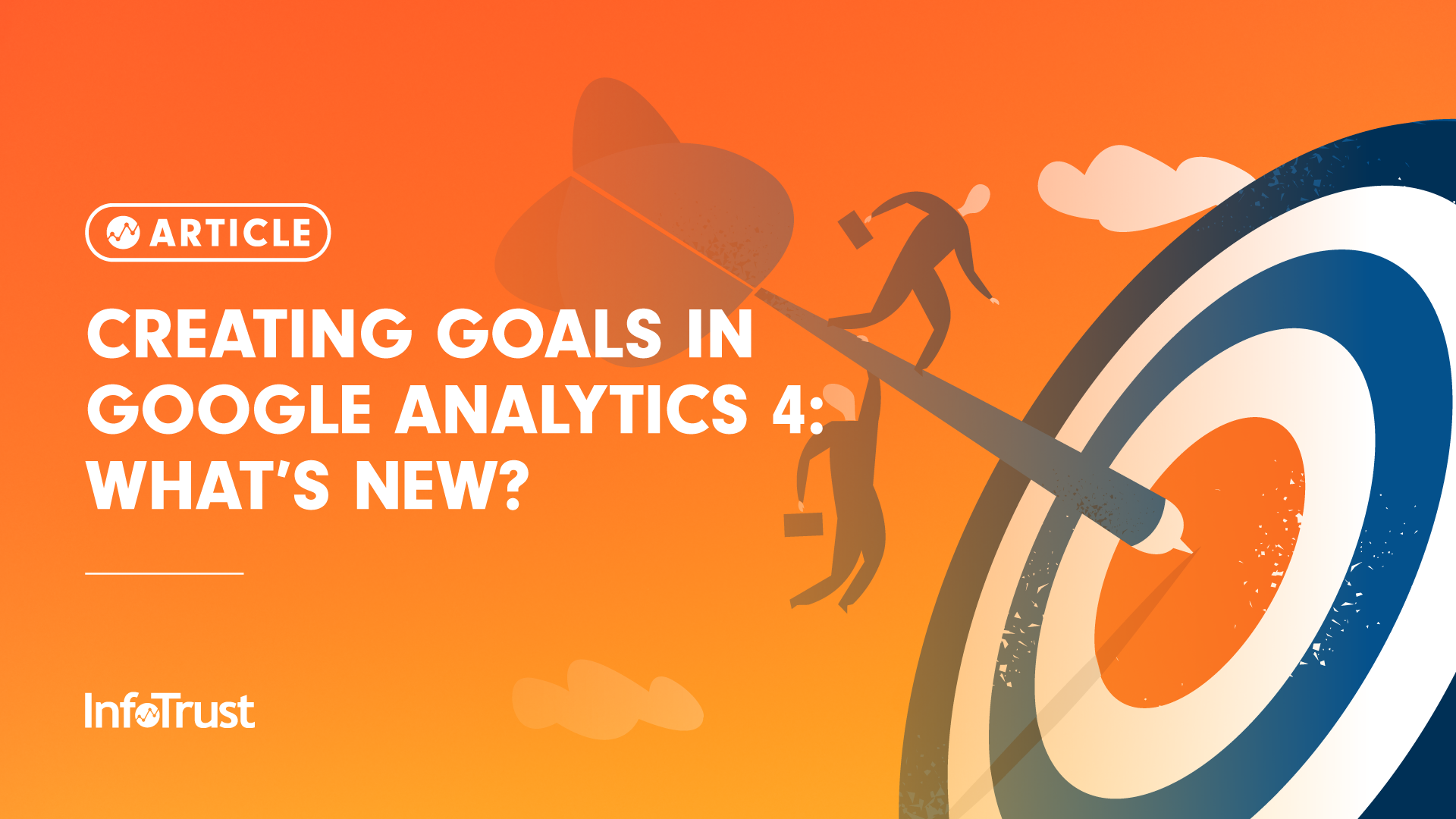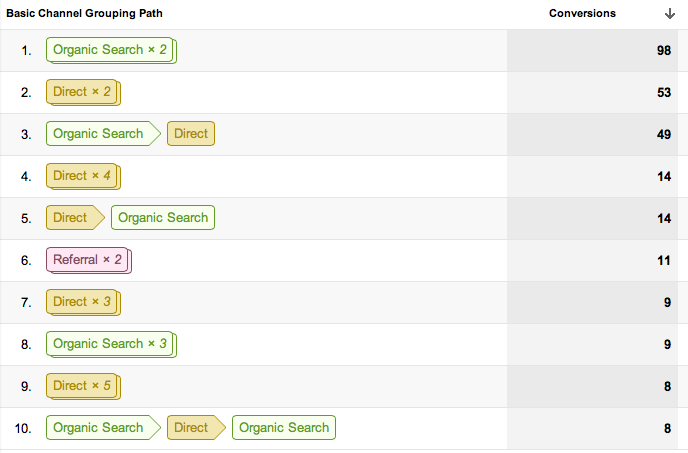What Data Is Google Analytics Goals Unable to Track: Find Out the Limitations
What Data Is Google Analytics Goals Unable to Track: Find Out the Limitations
Blog Article
Discover the Limitations of Google Analytics Goals: Revealing the Data Types That Remain Untrackable
As companies progressively count on data-driven decision-making, understanding the constraints of tools like Google Analytics comes to be critical. While Google Analytics Goals offer beneficial insights into individual interactions, there exist information types that thwart tracking, posing obstacles to an extensive understanding of individual habits. These untrackable data kinds increase questions regarding the precision and efficiency of the analytics information that companies greatly trust for their electronic strategies. Curious to reveal the hidden blind spots in your information evaluation procedure?
Incomplete Individual Journey Tracking
Incomplete individual journey monitoring within Google Analytics can hinder the ability to accurately evaluate user actions. When the individual journey is not completely tracked, there are spaces in the information that protect against a comprehensive understanding of just how users engage with a website. This lack of insight can lead to missed out on chances for optimization and improvements to the individual experience.
One common problem with insufficient individual journey tracking is the inability to see the full path that users take in the past finishing a goal or leaving the website. Without this info, it is challenging to identify where individuals might be encountering barriers or rubbing points that avoid them from converting. Additionally, incomplete monitoring can cover the effect of certain advertising efforts or site modifications on customer behavior.
To resolve this limitation, it is critical to establish correct monitoring mechanisms within Google Analytics to record the whole individual trip. This may entail setting up event monitoring, objective funnels, or making use of devices like Google Tag Supervisor to make certain that no essential communications go unrecorded. By getting a thorough view of the customer trip, site proprietors can make more educated decisions to boost customer interaction and drive conversions.
Attribution Challenges
Browsing through acknowledgment difficulties in Google Analytics needs a comprehensive understanding of how various touchpoints add to the general conversion process. Acknowledgment difficulties occur from the intricacy of modern consumer trips, where individuals connect with several channels before transforming.
One typical acknowledgment difficulty is the trouble in associating conversions to the proper source, especially in situations where customers engage with several channels prior to transforming. Furthermore, cross-device tracking postures one more acknowledgment obstacle, as users typically change between devices during their trip, making it challenging to track their interactions flawlessly.
Offline Conversions
Provided the difficulties connected with attributing conversions accurately in online networks, the dimension of offline conversions provides a considerable chance for marketers seeking a much more thorough understanding of their clients' trip. Offline conversions describe activities that customers absorb the physical world, such as making purchases in brick-and-mortar stores or over the phone, going to events, or engaging with printed products - what data is google analytics goals unable to track. These conversions are essential for services that run both online and offline, as they offer useful insights into the effectiveness of marketing projects throughout different touchpoints
Tracking offline conversions generally posed a substantial difficulty for marketers, as it was testing to link these actions back to details online communications properly. However, with innovations in innovation, such as the assimilation of CRM systems, special identifiers, and promo code codes, businesses can now connect the void in go to my blog between online and offline data to obtain a more alternative sight of consumer behavior. By successfully measuring offline conversions, online marketers can optimize their techniques, designate resources a lot more efficiently, and inevitably improve the total customer experience.
Cross-Device Monitoring
Cross-device monitoring plays an essential duty in understanding the interconnected nature of consumers' electronic communications across several tools. In today's omnichannel world, where users perfectly switch in between mobile phones, tablets, and desktop computers, tracking their behavior throughout these devices is necessary for marketers to acquire a comprehensive view of their client journey.

Additionally, personal privacy worries and policies such as GDPR and CCPA have additionally difficult cross-device tracking. With customers demanding even more control over their data and increased limitations on tracking innovations, marketing professionals should discover innovative and privacy-compliant means to attach individual interactions throughout devices.
Dynamic Material Interaction
Understanding customer involvement with vibrant content is pivotal in maximizing electronic advertising and marketing strategies for improved audience communication. Dynamic web content refers to site elements that change based upon user actions, preferences, or other elements, offering a customized experience. Nevertheless, tracking customer interactions with vibrant web content postures challenges for standard analytics devices like Google Analytics.
While Google Analytics can track basic communications like clicks and web page sights, it may struggle to catch more nuanced engagements within dynamic web content. what data is google analytics goals unable to track. Metrics such as time invested on particular vibrant components, float actions, or communications within pop-ups are commonly not easily quantifiable making use of common tracking see this website approaches. This limitation impedes online marketers' capacity to completely understand exactly how individuals are involving with dynamic content and customize their strategies as necessary

Final Thought
In conclusion, Google Analytics objectives helpful hints have constraints in tracking insufficient customer journeys, connecting conversions precisely, capturing offline conversions, tracking cross-device interactions, and determining dynamic content engagement. These restrictions highlight the importance of checking out added tracking techniques and devices to gain a much more thorough understanding of customer behavior and conversions beyond what Google Analytics can give.
While Google Analytics Goals offer beneficial understandings into user interactions, there exist data types that thwart monitoring, presenting challenges to a comprehensive understanding of individual actions.Incomplete customer journey monitoring within Google Analytics can prevent the capacity to accurately evaluate user habits. When the user journey is not totally tracked, there are spaces in the information that prevent a comprehensive understanding of how customers communicate with a web site.One typical concern with insufficient customer trip tracking is the lack of ability to see the full path that individuals take before completing a goal or leaving the site. By getting a thorough view of the individual trip, web site owners can make more enlightened choices to boost user involvement and drive conversions.
Report this page